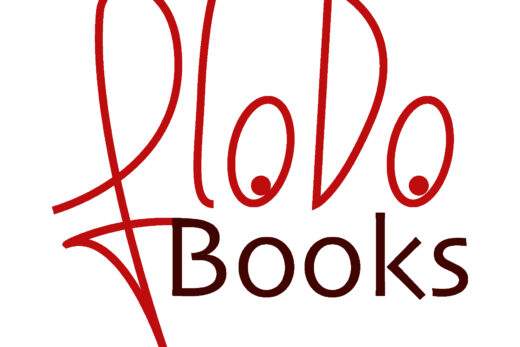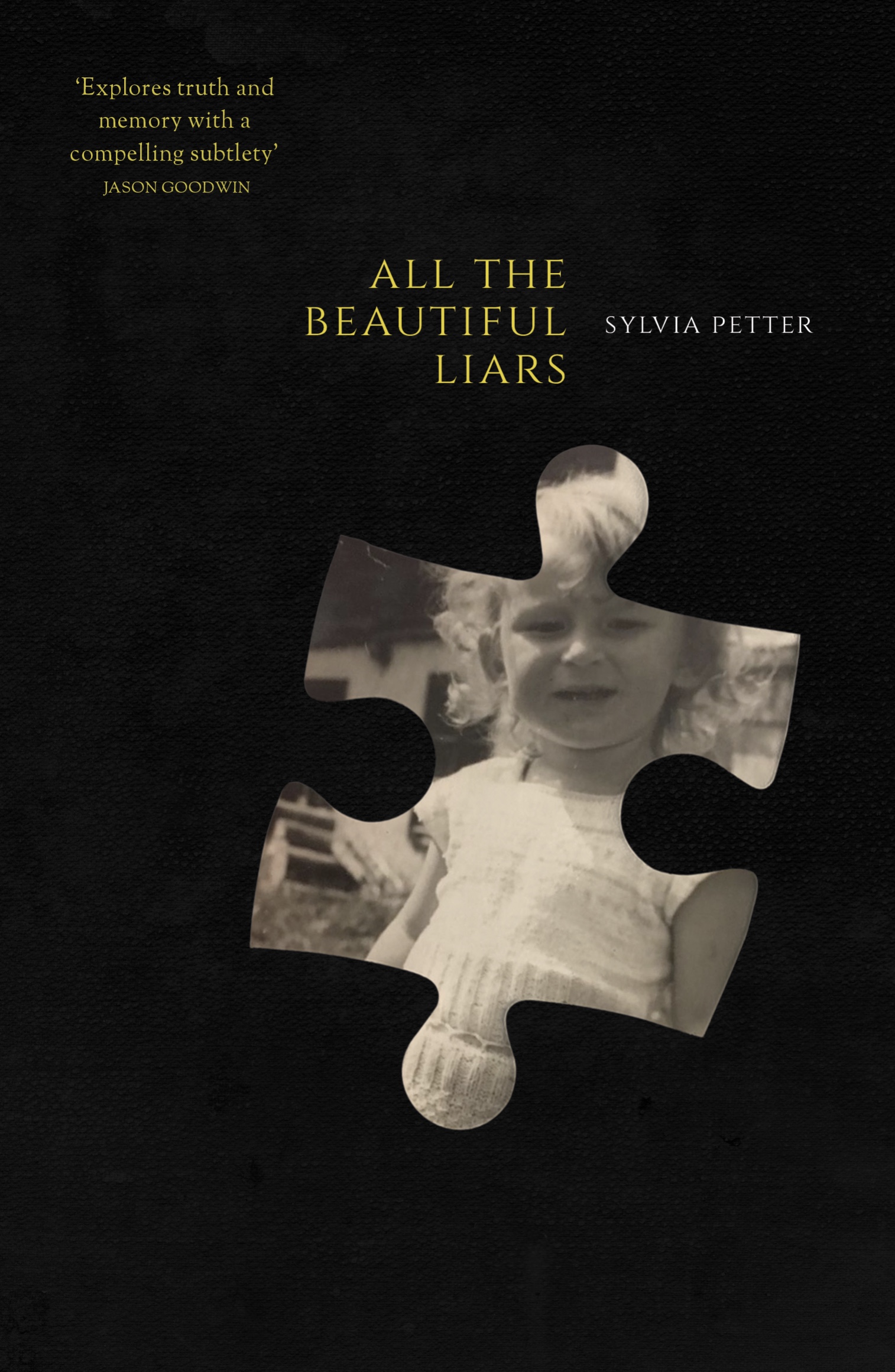Every new bit of writing is hard for me. I recently wrote my first (fiction) book review and entered it in the Australian Book Review Book Reviewing Contest – more to have it read since being read is a prize in itself. Since my review didn’t win a prize and so won’t be published in the ABR, here it is, hyperlinks and all.
Shortly after I finished reading Lewis Crofts’ novel, The Pornographer of Vienna, I saw an article in The Sydney Morning Herald reporting that the Australian photographer, Bill Henson, was to be charged for showing photographs of naked adolescent girls. Shades of Schiele! Not much seemed to separate reactions to Bill Henson’s work in Australia in 2008 from those to Egon Schiele’s work in the Vienna of the early 1900’s.
When I first saw paintings by Egon Schiele at Vienna’s Belvedere Palace back in 1969, I hadn’t heard about the painter, nor had I heard about Cesky Krumlov, or Krumau where he had lived and worked for a time. Today, Schiele postcards and posters are part of the Viennese tourist scene and exhibitions of his work run relays throughout Europe while Cesky Krumlov is on any Australian backpacker’s itinerary.
In the Vienna of his time, Egon Schiele was considered a rising talent but also a pornographer, hence the title of Lewis Crofts’ debut novel, The Pornographer of Vienna, Old Street Publishing, UK (2007).
Lewis Crofts became fascinated with Egon Schiele while living in Prague and followed Schiele’s traces to Vienna and Cesky Krumlov/Krumau. Crofts researched Schiele’s writings and papers, as well as his paintings, to create a “bio-novel” which draws the reader into Schiele’s creative processes and shows how they interacted with his times. Even then the effect of the market place exerted its influence, juxtaposing “sex sells” against portraiture to be hung in stately homes. Crofts captures the standards of the times with a “draussen hui, innen pfui” (clean on the outside, dirty on the inside) flavour which Schiele, arriving in Vienna in 1906 to attend the Academy of Fine Arts, also perceives “The city […] rancid, pregnant with squalor behind its Imperial veil.” Sketching in a morgue in red and black, “God’s primary colours,” Schiele is drawn to showing the dirty underbelly of Viennese society.
Crofts’ “bio-novel” traces Egon Schiele’s life from his birth in 1890 in Tulln to his death at 28 during the Spanish flu epidemic in 1918. I felt like I was sitting on the narrator’s shoulders as we accompanied the young Egon from Tulln to Vienna, its Academy of Fine Arts and its claustrophobic double standards. We were there to see Schiele share with Gustav Klimt hearth and muse in the person of the young Wally who later became Schiele’s lover. We were able to appreciate the loyalty of Roessler, the art buyer; and experience the need to flee stifling Vienna for the innocence of Krumau.
When the residents of Krumau drive Schiele and Wally from the town because of his alleged use of young girls as models, Schiele’s predicament is brought into our time. When Schiele insists he no longer paints people, young Jana says: “But I want you to paint me. I want a nice big painting of me in my Sunday dress.” (In the light of the kafuffle about the cover of Art Monthly, I can’t help thinking: plus ça change …) Schiele and Wally move closer to Vienna and in 1912 in Neulengbach scandal erupts once more: Schiele is arrested for mishandling children and the villagers burn the works of the “Satan with a paintbrush”. The magistrate, however, is forced to concede that there was insufficient proof for the mishandling of the children and sentences the 21-year old Schiele to four weeks’ jail for the crime of distributing amoral works. “You are the criminal,” Schiele cries. “Art should be free. To restrict the artist is a crime; it is murdering life in the bud.”
In the war years, Schiele left Wally to marry the bourgeoise Edith Harmes, never saw fighting at the front, and continued to sketch and to paint, producing more than fifty works which were exhibited in Vienna’s Secession in 1918. Towards the end of the same year at the age of 28, Schiele died alone, like Edith his wife, a victim of the Spanish flu epidemic.
Lewis Crofts has closely researched Egon Schiele’s life and works; he has also added a good dose of literary imagination to his “bio-novel” which draws the reader into Schiele’s world in Tulln, Krumau and Vienna during the fading years of the Hapsburgs. This was a time when members of a society, preferring to ignore the horrors of war, revelled in the alternating praise and damnation of an artist bold enough to hold up a mirror for them to see what they would.
If you are familiar with the works of Egon Schiele you will see them again as the novel follows the stages of Schiele’s life seen through the lens of his creative process. If you are not familiar with the paintings of Egon Schiele, Crofts’ descriptions will be a good introduction to an appreciation of the work of Austria’s most misunderstood painter.






You’re very welcome, Lewis. And thanks for the good words and the cross-pollination.Best,Sylvia
Wow, Sylvia. I am honoured….and from one of Vienna’s own literary siblings. What an insightful and well-written review! It is a shame that the magazine overlooked it but thank you so much for reproducing it here. Thanks once again. all the best,Lewiswww.lewiscrofts.com